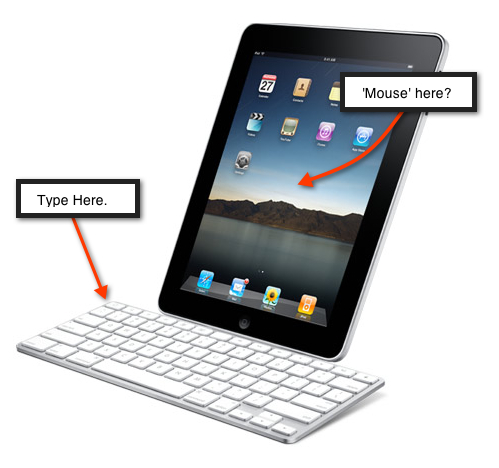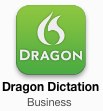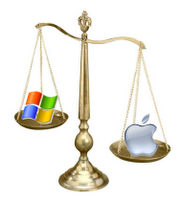Putting the iPad through its paces, this post was drafted using Dragon Dictation on the iPad. Â What follows, within quotes, was completely drafted and edited on the iPad.
“We keep hearing about the iPad’s “magical” experience. However, the only magical thing about the new iPad is the ability to make people pull money out of their pocket and simultaneously make them blind to the shortcomings of the device which they receive in exchange for that cold hard cash. Getting any real work done on the iPad is next to impossible. The keyboard itself makes typing documents more than difficult. But, add to that fact a complete inability to move documents easily back and forth between the desktop and the iPad a practice in frustration.
So, here is a complete review of the iPad as relevant to attorneys.
What it’s good for right now.
Right now. There are some amazing things that the iPad can do. Following is a list of applications which are necessary for attorneys.
Dragon dictate. This little application is quite amazing on the iPad. It enables you to dictate at an accuracy and ease much much greater then Macspeech/Dictate.
Nuance’s Dragon Dictate represents everything that should happen with a dictation program. I don’t need to train it, I don’t need to alter words in its dictionary, I don’t need to pay outrageous sums for special legal dictionaries. Granted using Nuance to dictate something like 790 3P third 1004 (Utah 2007) can be a bit frustrating.
GoodReader: this application allows you to “mount” an server for remote file storage such as Dropbox or local network hard drive.  Only by doing this can you readily and easily access files which are not available on the iPad. Good reader also allows you to read Adobe PDFs in an easy way which restructures the text flow so that you are not scrolling all over the screen and also incorporates the ability to cut and paste text, albeit an entire page at a time.
iWork/Keynote: Keynote is going to be an application which gets used at trial very easily. Loading slides in and then scrolling to them during trial will be very easy. You can transfer keynote slideshows from your Mac to iTunes which are then transferred over to the iPad. Or, you can create slideshows directly on the iPad itself. Assuming that you have loaded all necessary images into the photo browser.
What it’s not so good for:
Right now the iWork applications simply have no usable means of transferring documents back and forth between an iPad and a desktop machine. There is no built-in file management system for the iPad. Additionally, many of the advanced features in keynote and numbers will be lost on transferring over to the iPad.
Bottom line: wait to buy the iPad. There is no specific “need” for attorneys to have this device at this time. While the future of the iPad may hold magical and amazing things in store for attorneys, the inability to do any significant work and the complete lack of applications which support the workflow of an attorney
What to look for down the line: There needs to be a more robust and easy-to-use method of transferring files back and forth between a full desktop computer and the iPad itself. Additionally, there needs to be a more legal specific applications. OmniGroup is going to crank out OmniOutliner for the iPad as well as OmniFocus. Â Both of these will be welcome additions.
Additionally, if Circus Ponies were to create an iPad version of their Notebook software this would be an amazing addition to the iPad which would make it infinitely more usable for attorneys. Specifically, either OmniOutliner or Circus Ponies Notebook would make taking depositions with the iPad very very easy and enjoyable, to the extent that a deposition can be enjoyable. In effect, no more playing the who sunk my battleship while asking questions over the top of the laptop screen thrown up as a barrier between you and the deponent. Similarly, either of these applications, if they supported an external monitor/projector hookup, would greatly increase the efficiency with which direct and cross examinations could be conducted at trial while simultaneously displaying the exhibit, document, or other evidence directly on screen for the jury and judge to observe.
Finally, look for Apple to create a feasible file transfer solution. The current method of transferring files back and forth is a complete mess. Requiring users to transfer files via iTunes is simply unworkable as it not only makes things unnecessarily complicated, but the net result is two different versions of a single file.
Sent from my iPad”
A few notes: Cut and paste from Dragon Dictation into WordPress did not work. Additionally, the screenshots, although taken directly on the iPad, were also uploaded via a MacBook. Finally, Dragon Dictate has some kind of word limit to what it can handle (see screen shot). After dictating for a while, the app gives an error message that the server is busy, but if a new dictation note is started, it works just fine.








 great posts by users on that forum.
great posts by users on that forum.